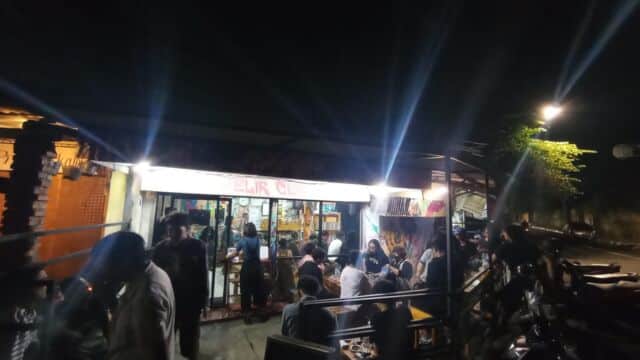For Whom the Nasi Goreng Cart Tok-Toks
Feb 21, 2023
| Jakarta
| By Veronica Gabriella
Photo: Indira Tjokorda/Unsplash
For those who know what it means, few things are sweeter than the 'tok-tok' sound of a roving food cart selling fried rice and noodles.






